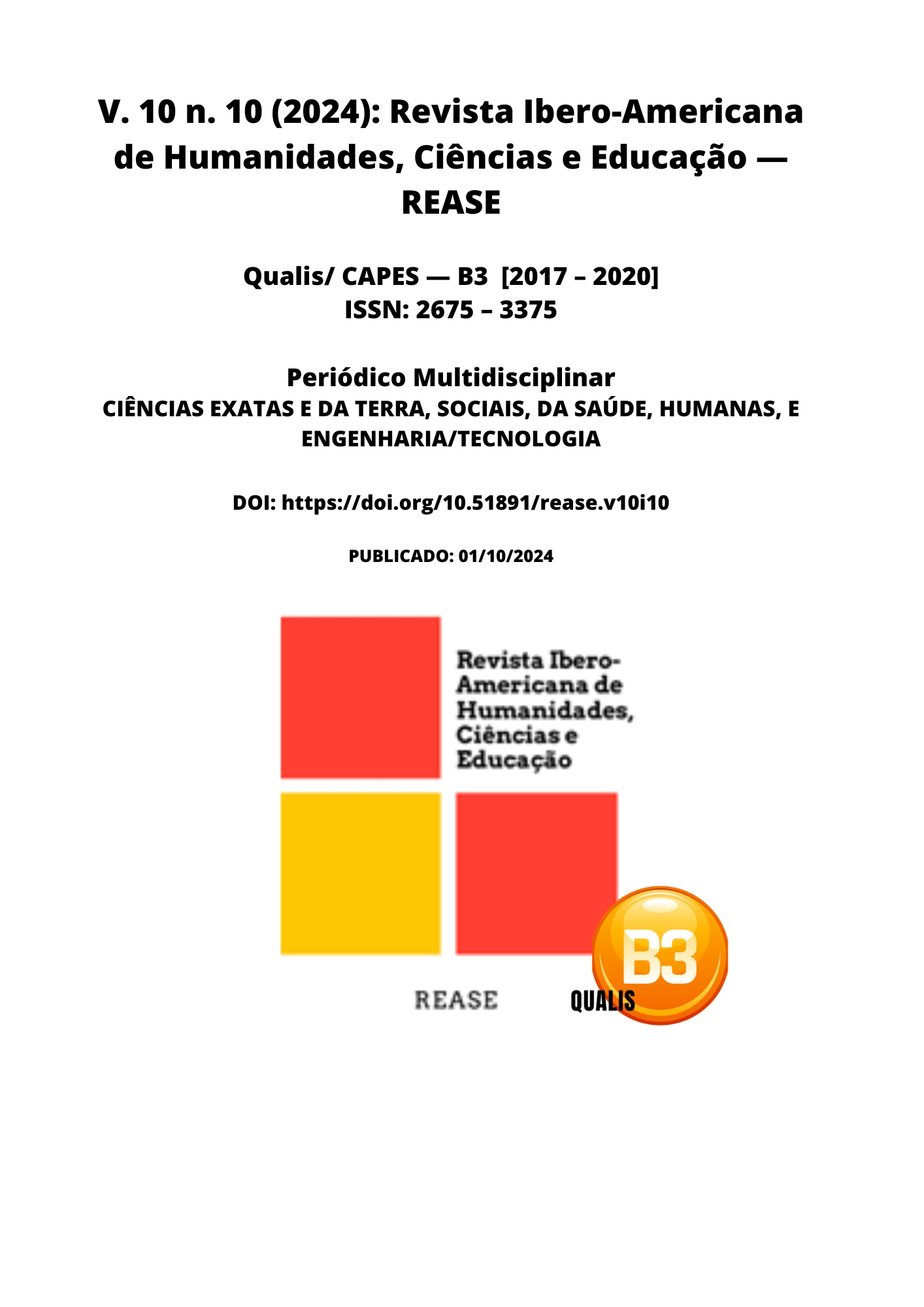HOW TO INCREASE THE POWER OF AN INTERNAL COMBUSTION ENGINE
DOI:
https://doi.org/10.51891/rease.v10i10.16026Keywords:
Power. Torque. Lateral displacement of the cylinder. Offset engine. Internal combustion engines.Abstract
This study investigates the potential improvements in internal combustion engine power through geometric cylinder repositioning, known as cylinder offset engine. The objective of this study is to investigate the potential improvements in internal combustion engine power through geometric cylinder repositioning, analyzing the effects of this displacement on the torque, power and maximum lateral force exerted on the piston of an Otto cycle engine. The methodology includes a Literature Review and analysis of the effects of this displacement on the torque, power and maximum lateral force exerted on the piston of an Otto cycle engine. Using computer simulations with Adams® software, it was observed that both torque and power increase with increasing cylinder displacement. In addition, the maximum lateral force on the piston was consistently reduced, reaching minimum values around a displacement of e = 0.4. Practical tests on a dynamometer demonstrated the feasibility of implementing this concept in commercial engines with few modifications to existing components, especially up to a displacement of e = 0.1. As an expected result, the geometric repositioning of the cylinder is expected to significantly increase the power of internal combustion engines. It is concluded that this strategy can be effective for this purpose, offering valuable insights for future research and development in this area.
Downloads
Downloads
Published
How to Cite
Issue
Section
Categories
License
Atribuição CC BY

